An introduction to drones and advice before you buy.
I have flown drones for a long time. If this hobby or interest is new to you, I have gathered some useful information to kickstart your knowledge in this interesting field of technology. Let me know in the comment section at the bottom if you have further questions.
Let’s start at the beginning …
The word “drone” got its origins from an old English word drān, which referred to a male bee whose job is to mate with the queen bee or a monotonous sustained sound. When we think of drones, we think of a missile or a remote-controlled pilotless aircraft, a surveillance tool meant to keep watch over a place or an innovation developed for delivering products.
Previous article: List of FPV Quadcopter Drone Building Tips and Advice for Beginners!
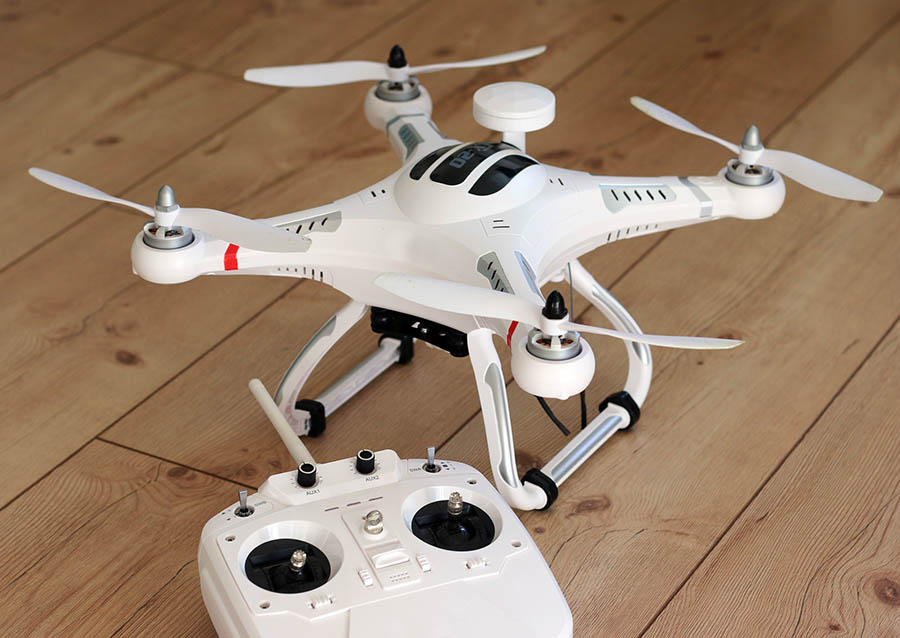
Quadcopter with radio controller.
So, what exactly is a drone?
One of the most common definitions for drone is:
An unmanned aircraft or ship that can navigate autonomously, without human control or beyond the line of sight.
Another frequently used definition is:
Drone is an unmanned aerial vehicle that works through a system of sensors.
They are also known as UAV (Unmanned Aerial Vehicles), UAS (Unmanned Aircraft Systems) or RPAS (Remotely Piloted Air System).
Types of Drones
My big passion is quadcopters, but there are several other types. Drones can be grouped into three major categories.
- Fixed Wing Drone
A fixed-wing drone is a drone designed to have one rigid wing and works like an airplane. These drones are not able to stand stable in air because they are not too powerful to fight against gravitational force. Fixed wing UAVs are well used in the military, as they are often used when a manned flight is considered too risky or difficult, this use originated during World War I, it was called the “Kettering Bug”. Fixed wing drones are also used in the commercial industry.
What differentiates fixed-wing drones from other types is that they cannot stay in one place with vertical lift rotors, but instead glide on a set path as long as their energy permits. This means they can be far more efficient compared to the two other main categories of drones.
- Single Rotor Drone
Single rotor drones are very strong and look similar in structure and design to actual helicopters. They have one big rotor like a big spinning wing and a small sized rotor on the tail for direction and stability. In case if you have a mixture of hover possessing heavy loads but need a faster flight time with longer endurance then single rotor type helicopters can be the best choice for you.
- Multirotor Drone
The most popular type of drone used in remote sensing, surveillance, filmmaking, racing, photography, and aerial surveying is the multi-rotor drone. It is preferred by hobbyists and professionals because of its small size. They carry several rotors on their body and can be further classified based on the number of rotors in them. There are tricopters (3 rotors), quadcopters (4 rotors), hexacopters (6 rotors) and octocopters (8 rotors), among others.

Octocopter with eight propellers.
Quadcopters are by far the most popular multi-rotor drones.
Drones can also be further classified by;
- Range
Close-range: Most close-range drones usually have a range of around 4-5 km (3 miles) and can stay in the air an average of 20-30 minutes. My drone, DJI Mavic Pro, have a range of 7 km and the new Mavic 2 up to 8 in clear conditions.
Short-range: Most short-range drones can be controlled up to 30 miles away from users and can stay in the air for an average of 1 hour and up to 6 hours.
Mid-range: Most mid-range drones can be controlled up to 90 miles away and can stay in the air for up to 12 hours. These are definitely not hobby drones…
- Size
Nano: size of an insect (up to 50 cm). This is a very tiny drone.
Small: bigger than the size of an insect but still quite small (less than 2 meters in length). This is the size of most consumer drones. These drones can be handled by one person.
Medium: Smaller than light aircrafts and usually need to be carried by two people.
Large: size of a small aircraft, usually used in military or surveillance situations.
Who should buy a drone?
There are several reasons why you should buy a drone. Who wouldn’t want to own a flying machine, right?
But seriously, you should consider buying a drone if:
- You’re a videographer or a photographer and want to take stunning and unusual footage.
- You want to utilize the drone technology for commercial interests
- You’re an RC hobbyist (helicopters, boats, cars, etc.).
- You want a new and cool hobby with a huge community.
- You want an excuse to get out in nature more often.
What can you do with a drone?
- Take photos and make videos
Cameras on drones are designed to take videos and pictures. Photography drones these days are typically designed with 4K-quality cameras. These cameras are usually stabilized on a gimbal and can be moved and controlled to get the right shot in the direction you want. Some are designed with guards around their lenses. The guards help to keep the lenses from being at risk of damages from weather conditions in an area or any debris that might fly around.
The controller used for such a drone will often come with a button. This button can be pressed to allow the camera to take pictures or start filming. A smartphone or tablet can be set up to link up to a drone through a Wi-Fi connection though so you can get a quick look at what is on its camera.
Here is a gallery with some of my best drone photos.
- Delivery
Some drones are designed to transport materials. A delivery drone will work with an anchor or basket-like feature on the bottom part. This will be linked up to the drone’s body to allow it to carry items of all sorts. Delivery drones are useful for when someone needs to get an item that is only a few pounds in weight transported through a particular distance. The weight that a drone can handle depends on the model. Amazon has already taken advantage of this opportunity by using drones to deliver items in some parts of the country.
- Racing and Freestyle FPV flying
A racing drone is designed to be used for racing purposes in mind, hence the name. Such a drone can travel about 40 to 60 miles per hour in some of the best cases. Also, they are fast and fun to play with. Racing drones can work quicker with controllers that require their own unique radio connections. These can be used with a variety of frequencies to ensure that the connection between a drone and its controller will not interfere with any other signals. This is important for cases where two or more drones are being flown at the same time during a race. These drones are designed with slim bodies and will not be impacted by wind conditions.
I’m currently building my first homemade FPV drone at the moment. Check out my articles about the building project here.
Can Anyone Fly a Drone?
No, not everyone can fly a drone, but don’t be scared of the rules. It is for safety and everyone should do their best to comply with the regulations. Drones have the potential to hurt or even kill people and damage property.
Different countries have different regulations, so check out your own. As an example; in the United States there are rules and law binding flying of drones, here are the most important rules to know for flying a drone in the US. There are two major categories of rules for flying a drone in the United States, Recreational rules (Flying for Fun) and Commercial rules (Flying for Work)
Updated rules are found at the Federal Aviation Administration’s (FAA) home page.
Recreational rules. – Flying for Fun
- You must fly for hobby or recreation ONLY (no side jobs or in-kind work allowed).
- You must fly within visual line-of-sight (VLOS).
- Maximum flight height for drones is 400 feet (120 m).
- You must never fly near other aircraft.
- You must notify the airport and air traffic control tower prior to flying within 5 miles of an airport.
US: Download the app B4UFLY to check that your location is safe.
Commercial Rules—Flying for Work and earn money
- You must hold a Remote Pilot Certificate issued by the FAA to fly commercially.
- Your UAV must weigh less than 55 pounds, including payload, at take-off.
- You must keep your UAV within visual line-of-sight.
- You must fly at or below 400 feet.
- You must fly during daylight or civil twilight.
- You must fly at or under 100 mph.
- You cannot fly directly over people.
To fly a drone for commercial purposes in the U.S. you must obtain a Remote Pilot Certificate from the FAA. Here are the requirements for obtaining a certificate:
- You must be able to read, speak, write, and understand English (exceptions may be made if the person is unable to meet one of these requirements for a medical reason, such as hearing impairment).
- You must be in a physical and mental condition to safely operate a small UAS.
- You must be at least 16 years old.
- You must pass an Aeronautical Knowledge Test at an FAA-approved knowledge testing center.
- You must undergo the Transportation Safety Administration (TSA) security screening.
Important features to note when choosing a drone
- Camera
Built-in cameras give you the flexibility in how you use your drone for video and photography. Most Film directors and shooting experts love to buy drones equipped with a camera to capture spectacular shots at tough locations, they are also used in football matches to capture every angle of the field. The filmmaking industry is utilizing them commonly for movie footage.
Within the last years, the prices of drones have dropped so the numbers of buyers have increased. You can easily buy one in the price range of $100 to $1000 only. Most of the action cameras these days are manufactured with special drone mounting capabilities.
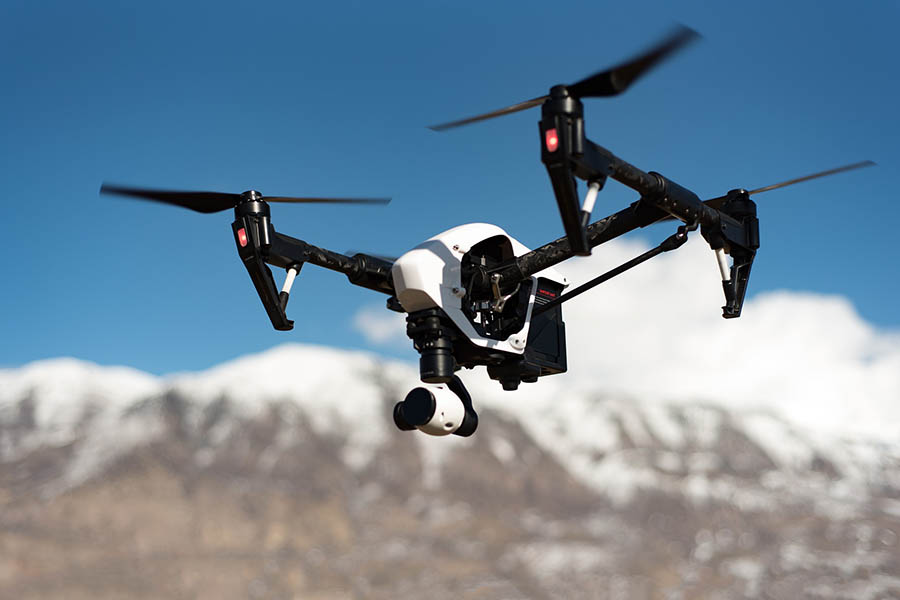
The highly advanced DJI Inspire camera drone.
- GPS
One important feature that a drone can come with is GPS compatibility, Most Higher priced drones have it and most lower priced models don’t. These units are gaining more and more popularity these days as they are capable enough to capture location information on the go. You can send this drone to record scenes at any fixed location as they are highly stable and they will come home after completing a task. An interesting fact to know is that they have a “Return to home” feature which will allow the drone to remember the last shoot location and can be sent again to the same position for next shoot.
- Stabilizer
Gyro stabilization technology is majorly developed for improving the flight capabilities of drones. Drones today are designed with three and six-axis gyro stabilization technology so that your device can stay stable in air and can manage movements at steeper turns. Its central flight control mechanism helps users to enjoy smooth flights even in strong winds and it allows us to film spectacular aerial views.
- FPV (First Person Viewing)
FPV here stands for. It is a very common application of drones in which a video camera is mounted on the drone and broadcasts live video to the pilot on the ground so the pilot is flying the aircraft as if he was on-board instead of looking at the drone from the pilot’s actual position. It is possible to control these drones by sight with the help of a portable monitor. FPV controls allow the drone to fly around obstacles more precisely especially with drones like quadcopter which can fly indoors and through rough terrains.
- Sensors
Accelerometer– They calculate the drone’s current altitude and perform necessary corrections.
Magnetometer– The accelerometer and gyroscope are not sufficient to let the pilot know what direction the drone is facing; magnetometers measure the magnetic force like a compass to help in locating the drone.
Barometer- It is a pressure sensor also used to detect the drone’s altitude by noticing changes in air pressure when the drone moves a bit.
Airspeed sensor– It measures how fast air passes the drone.
Choosing a drone
Buy a drone that complies with your skill level. -Drones can be easy or hard to fly depending on the features it has. The type of drone you choose should depend on how well you can manage the drone. If you’re buying a drone for a beginner, you need to choose one that comes with safety features. Once you know your skill level, you will be able to narrow down your choices. Expensive drones are usually easier to fly hence the increased number of sensors and processor power.
Buy a drone that has only the features you need. – Drones come with many features to make them perform specific tasks, some come with cameras, GPS compatibility, different types of batteries etc. If you want to begin flying your drone right away, you may buy an RTF (Ready to fly) drone. Choose a drone that will serve your needs and does not have extra features that you do not need to save cost.
Buy a drone that you can afford. – Drones can cost as little as a few dollars and as much as several thousand dollars, your budget should limit your choices in a way. It is important to balance quality and affordability. The DJI Tello is a cheap, small, and fun beginner quadcopter with a camera. Keep in mind that it has limited usability outdoors in wind.
Questions? Ask them below.
Here are answers to some of the common questions I usually get asked:
Do I need to register my drone?
If you’re flying your drone in the United States, all drones weighing more than 0.55lbs must be registered with the FAA (Federal Aviation Administration)
Where do I learn to fly a drone?
You can learn how to fly a drone by teaching yourself through online manuals and tutorial by going through a drone pilot training course. It takes a lot of practice and patience to master the art on your own.
I will come up with more tutorials and courses on this page very soon.
Another great way to learn is to use simulators on a PC. If you are going for an FPV drone, then simulators are absolutely necessary.
Have a nice day – hope you learned a little bit from reading this article.
Some pictures in this post are downloaded with permission from Pixabay.


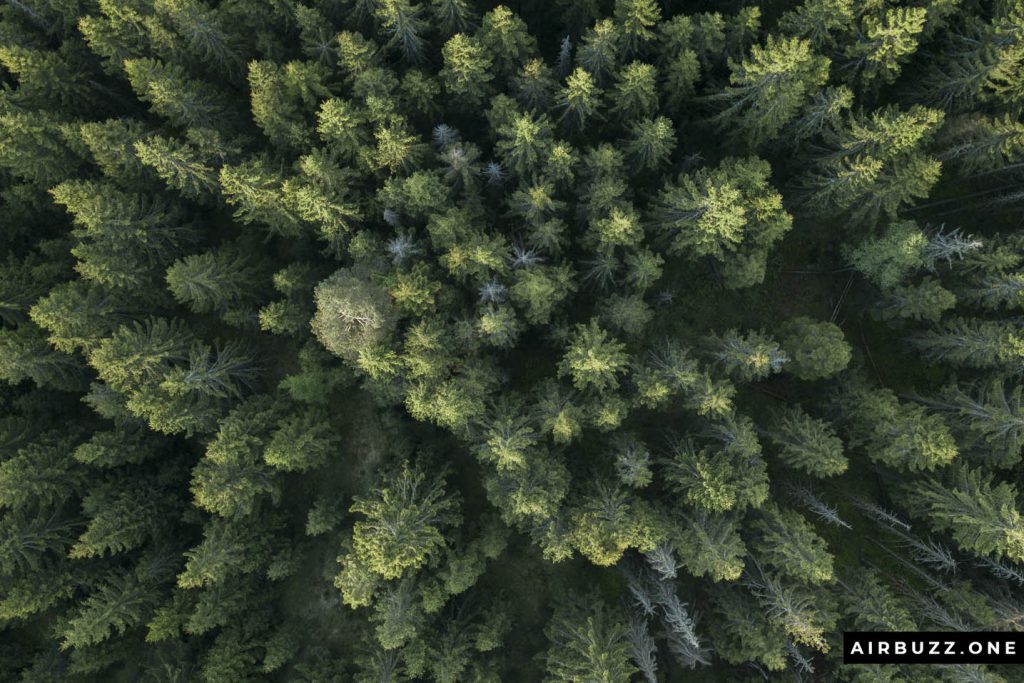
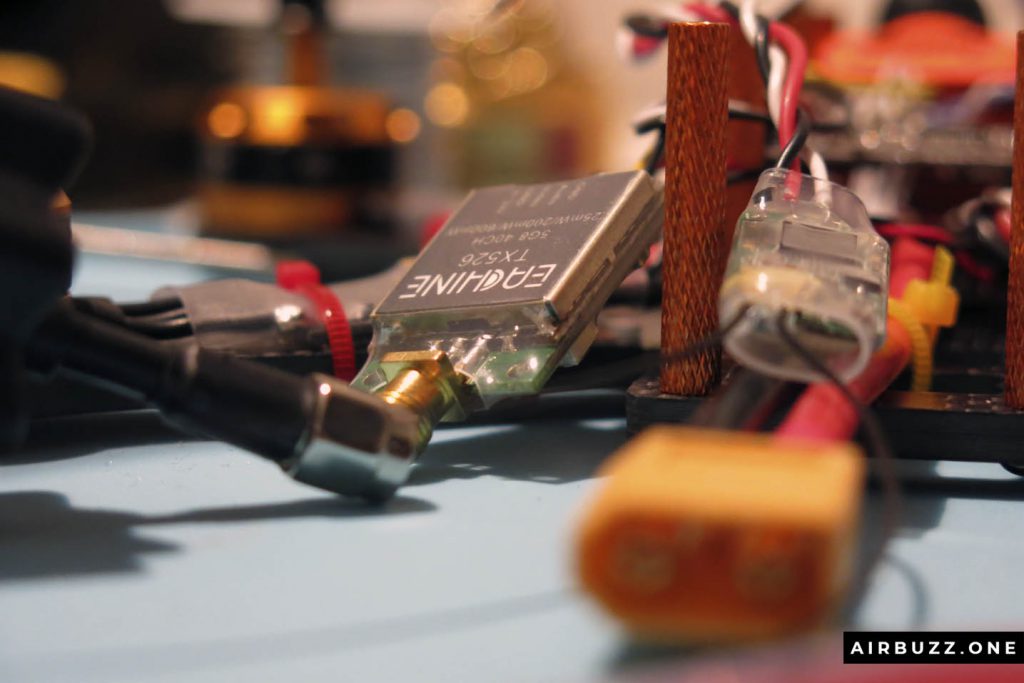

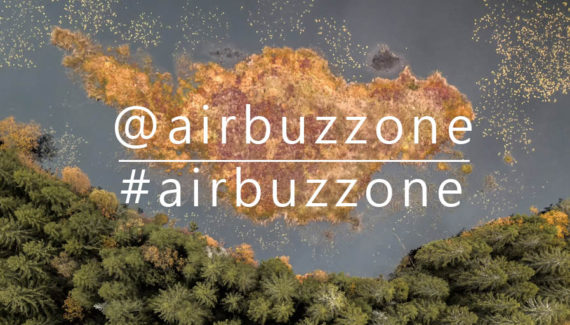
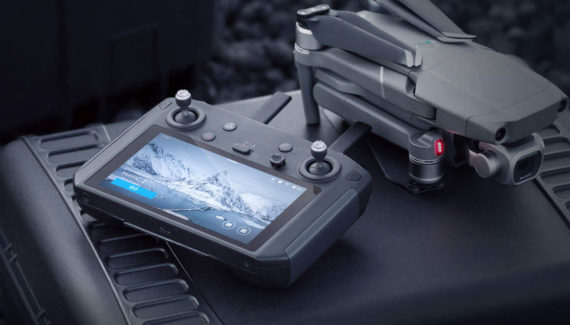
2 Comments
Thanks for sharing this great piece of information about drones and drones type.
Thanks for the comment! 🙂 Andreas